Recently Released.
Newly Released in the last 30 days



Paginating our Course List
In this lesson, we'll transform our courses list endpoint into a pagination endpoint. We'll check and validate our query string for a page and per page parameter that we'll then use to fetch pages of our courses.


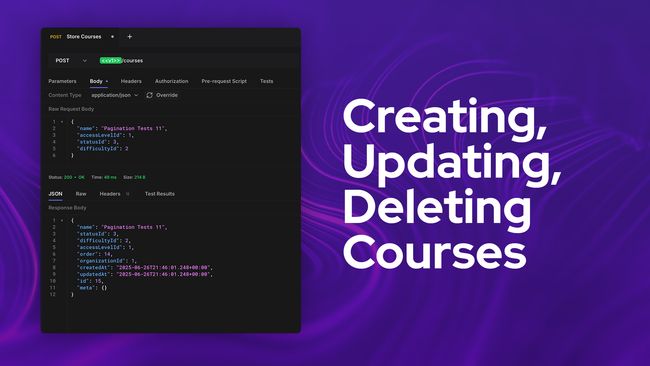
Creating, Updating, and Deleting Courses
In this lesson, we'll add endpoints to allow creating, updating, and deleting courses from our API. We'll then use this to stub a number of test courses to give us wiggle room to play with our pagination.



Listing Courses
Our goal in this step is to add an endpoint that lists our courses. We'll then build upon this endpoint further with the ultimate goal of getting a list of paginated courses.


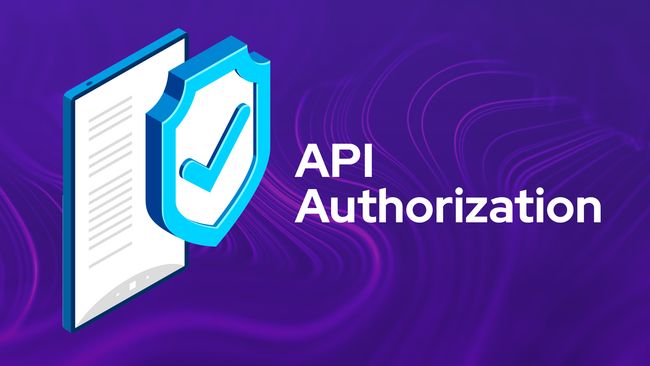
API Authorization Checks
In this lesson, we'll implement our API Authorization checks across all the API controller methods we've implemented thus far. We'll then create a specific access token for each operation (read, create, update, and delete) to ensure everything is working.


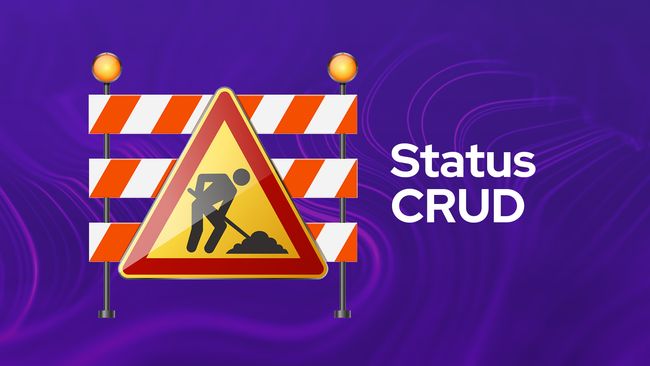
Status API CRUD
In this lesson, we'll duplicate everything we did one more time for our organization's statuses.


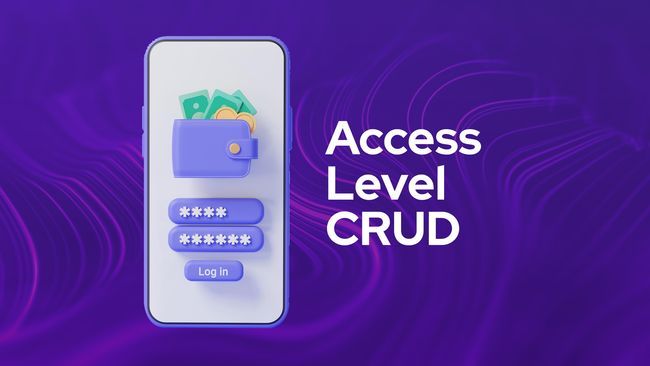
Access Level API CRUD
In this lesson, we'll walk through adding API endpoints for the full CRUD (create, read, update, and delete) flow for our organization's access levels.


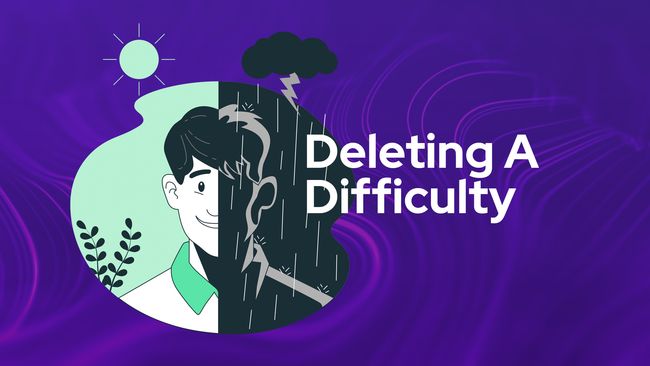
Deleting A Difficulty
The last CRUD method we need to add is the ability to delete our a difficulty by adding a DELETE API route, we'll take care of that in this lesson.


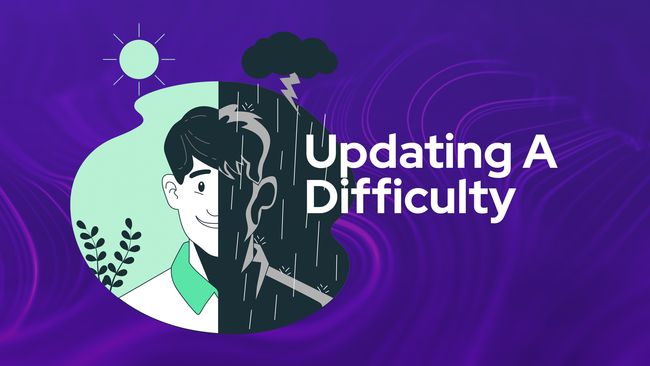
Updating A Difficulty
In this lesson, we'll add a PUT API route to handle updating our difficulties! This route will also accept in a specific difficulty id via route parameter to specify which difficulty should be updated.



Getting A Specific Difficulty
In this lesson, we'll add a GET API route enabling us to get the details of a specific difficulty by providing the difficulties id via route parameter.



Creating Organization Difficulties
Next, we'll add a POST route and handler so that we can create difficulties from our API


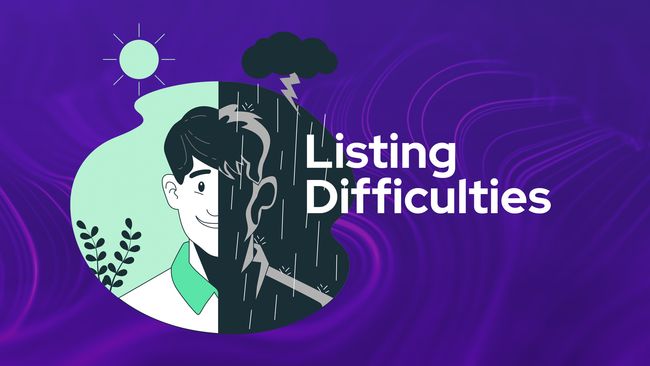
Listing Organization Difficulties
In this lesson, we'll begin work on our first CRUD-based API resource by adding the ability to query a list of all our organization's difficulties.
Lessons.


Listing A Director's Movies with Relationship Existence Queries
In this lesson, we'll learn how we can perform a relationship existence check to grab a list of our cineasts who have directed one or more movies. We'll then create a show page for that director, listing the movies that they directed.


Using Eager and Lazy Loading to Load A Movie's Writer and Director
In this lesson, we'll learn how we can use eager loading to preload our writer and director onto our movie's details. We'll then, learn how we can load our writer and director onto our movie's details using lazy loading.


Listing and Counting a Writer's Movies
In this lesson, we'll learn how we can perform multiple different relationship counts with the same relationship using the Model Query Builder. We'll count our writer's total number of released and not-released movies.


Cascading and Deleting Model Relationships
In this lesson, we'll learn how to account for foreign key constraints when deleting relationships using our Lucid Models. We'll then learn how we can automatically cascade deletions through to relationships.


Defining One to Many Relationships with Lucid Models
In this lesson, we'll learn how to define one-to-many and many-to-one relationships using Lucid Models. We'll also learn how we can specify the columns that should be used for a relationship, allowing us to use one model for multiple relationships.


Seeding Movies with One to Many Model Factory Relationships
In this lesson, we'll learn how we can use Model Factory Relationships to create a pool of cineasts to bind to our movies. This will create cineasts bound to many movies as a writer, director, or both.


Querying Relationships and Eager Vs Lazy Loading
In this lesson, we'll learn how we can query our relationships using our Lucid Models. We'll then learn what the difference is between eagerly loading a relationship (load) and lazily loading a relationship (preload).


Defining One to One Relationships Within Lucid Models
In this lesson, we'll learn how to define one-to-one relationships within our Lucid Models. We'll learn about the belongs to and has one decorators, their options, and types that make this possible.

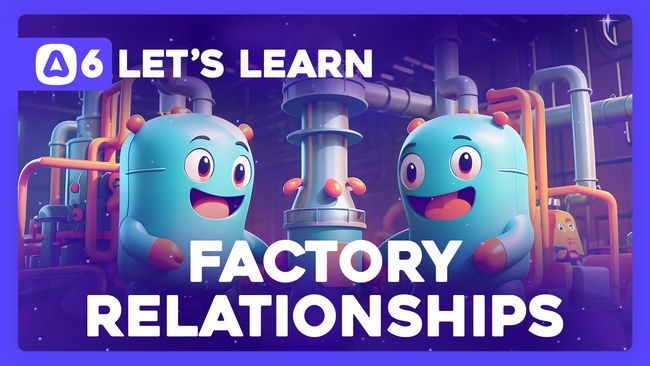
Model Factory Relationships
In this lesson, we'll learn how to use relationships with our Model Factories; easing our capabilities to quickly generate fake data with relationships.


Tapping into Model Factory States
In this lesson, we'll dive a little bit deeper into Model Factories by introducing factory states. We'll also learn how we can use the tap method to alter a factory result prior to it persisting into the database

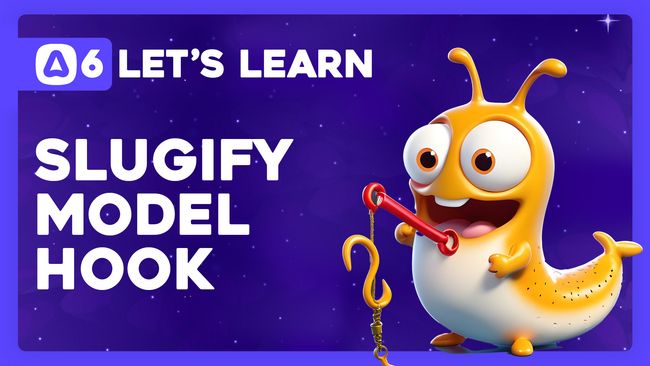
Generating A Unique Movie Slug With Model Hooks
In this lesson, we'll learn how we can use Model Hooks to generate a unique URL-safe slug based on the movie's title.

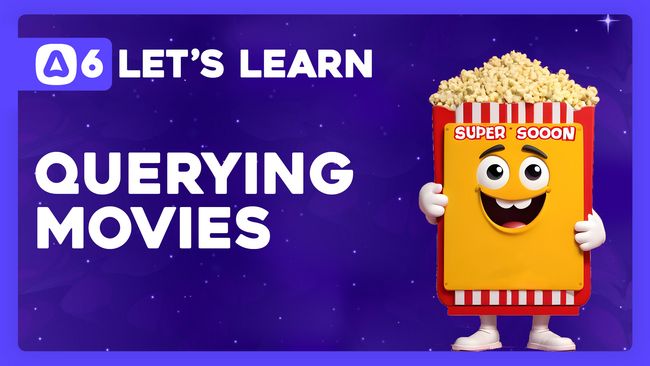
Querying Recently Released and Coming Soon Movies
In this lesson, we'll learn how to use the Model Query Builder to query our movies that have been recently released. We'll then do a separate query to get movies that are coming soon.

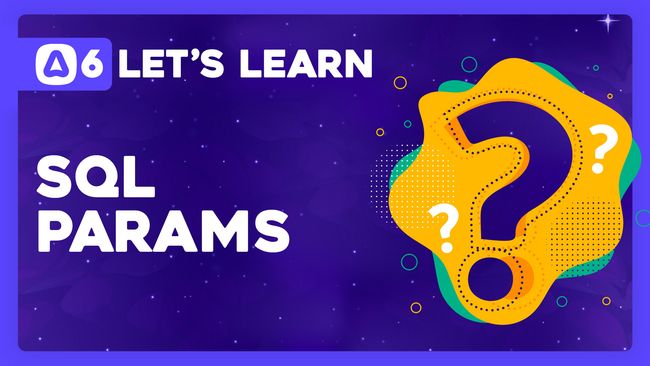
SQL Parameters and Injection Protection
In this lesson, we'll learn about SQL Parameters, also called query bindings, and how using them helps safeguard our database from malicious attacks attempting to perform SQL Injection.


Adding A Profile Model, Migration, Factory, and Controller
Uh oh, a new requirement has come in and now we also need to account for user profiles! In this lesson, we'll learn how we can easily create a new model, migration, factory, and controller for an entity in one fell swoop!


Reusable Query Statements with Model Query Scopes
In this lesson, we'll learn about Model Query Scopes and how we can use them to create easily reusable query statements that we can apply using the Model Query Builder.

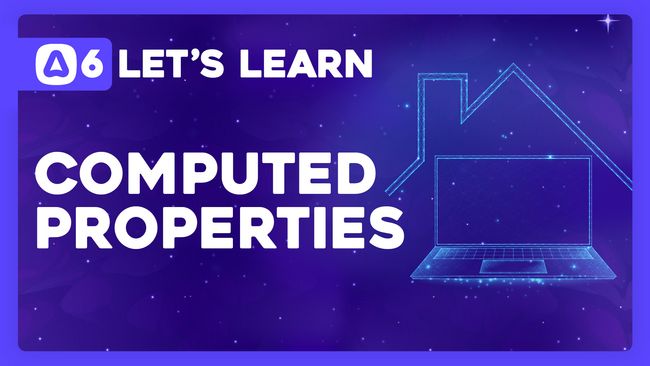
Unmapped and Computed Model Properties
In this lesson, we'll learn how to add unmapped and computed properties to our Lucid Models. We'll discuss the differences between a model column, unmapped property, and a computed property.

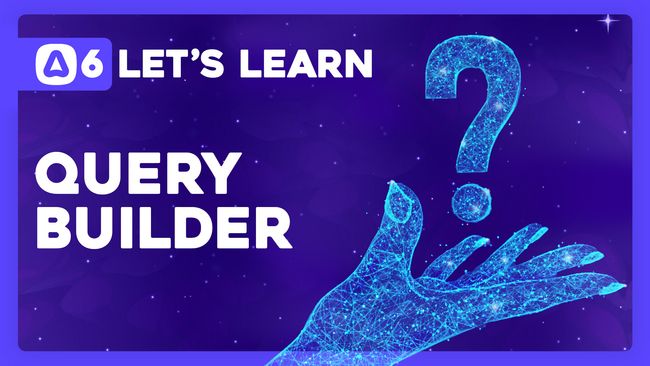
Querying Our Movies with the Query Builder
In this lesson, we'll introduce both the database and model query builder. We'll learn the differences between the two and the basics of how to use them.

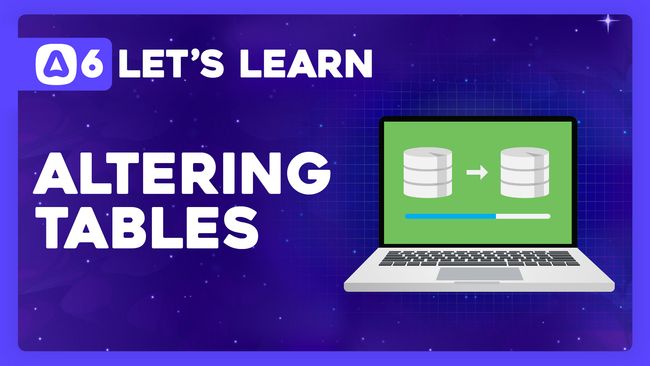
Altering Tables with Migrations
In this lesson, we'll learn how to alter our database tables using migrations both while in development, where we can delete our data, and once our data has already hit production where we need to persist all data.


Stubbing Fake Data with Model Factories
In this lesson, we'll learn how we can quickly and easily bulk-create dummy/fake data within our database for each of our Lucid Models using Model Factories


Defining Required Data with Seeders
Our database will have specific, non-changing, roles and movie statuses. In this lesson, we'll learn how we can quickly and easily create these records inside of our database using seeders.
Showing 181 to 200 of 375 results